Stefano Gregori
Personal Devices for Contact Tracing: Smartphones and Wearables to Fight Covid-19
Aug 02, 2021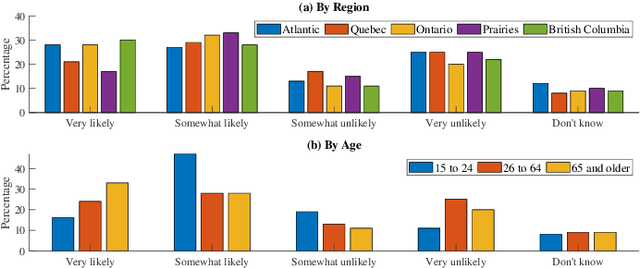
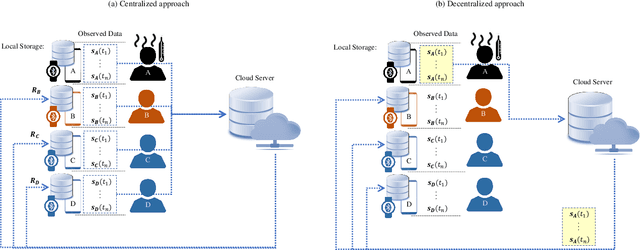
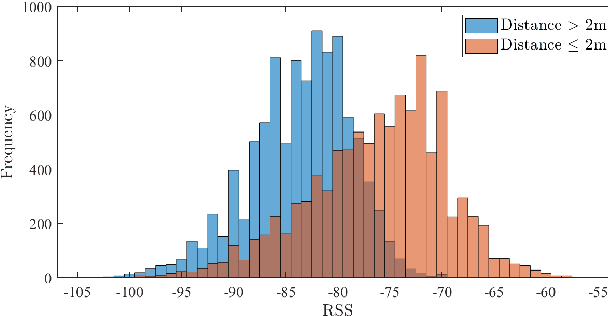
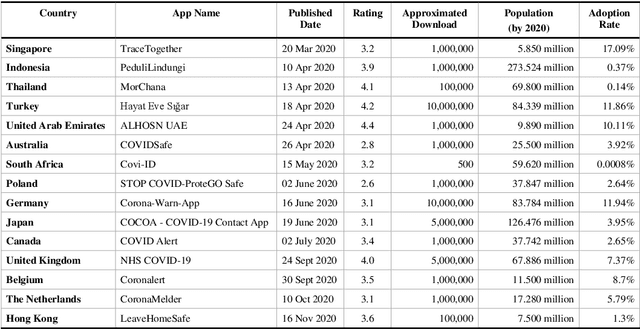
Abstract:Digital contact tracing has emerged as a viable tool supplementing manual contact tracing. To date, more than 100 contact tracing applications have been published to slow down the spread of highly contagious Covid-19. Despite subtle variabilities among these applications, all of them achieve contact tracing by manipulating the following three components: a) use a personal device to identify the user while designing a secure protocol to anonymize the user's identity; b) leverage networking technologies to analyze and store the data; c) exploit rich sensing features on the user device to detect the interaction among users and thus estimate the exposure risk. This paper reviews the current digital contact tracing based on these three components. We focus on two personal devices that are intimate to the user: smartphones and wearables. We discuss the centralized and decentralized networking approaches that use to facilitate the data flow. Lastly, we investigate the sensing feature available on smartphones and wearables to detect the proximity between any two users and present experiments comparing the proximity sensing performance between these two personal devices.
Internet-of-Things Devices and Assistive Technologies for Healthcare: Applications, Challenges, and Opportunities
Jul 11, 2021
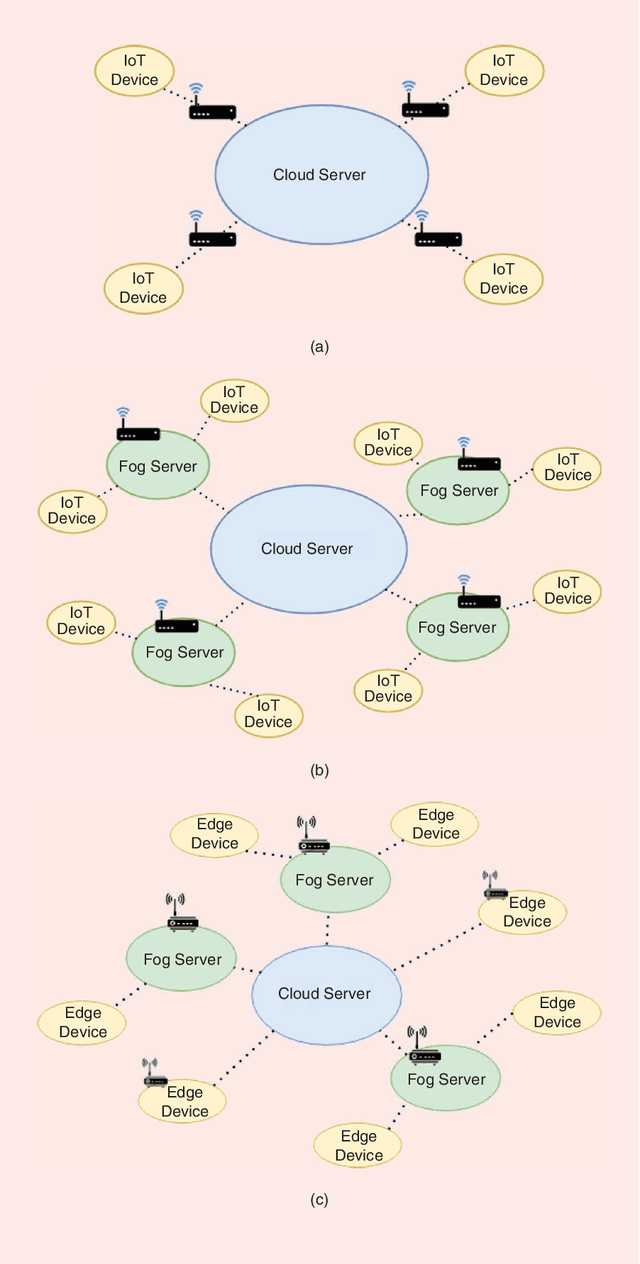

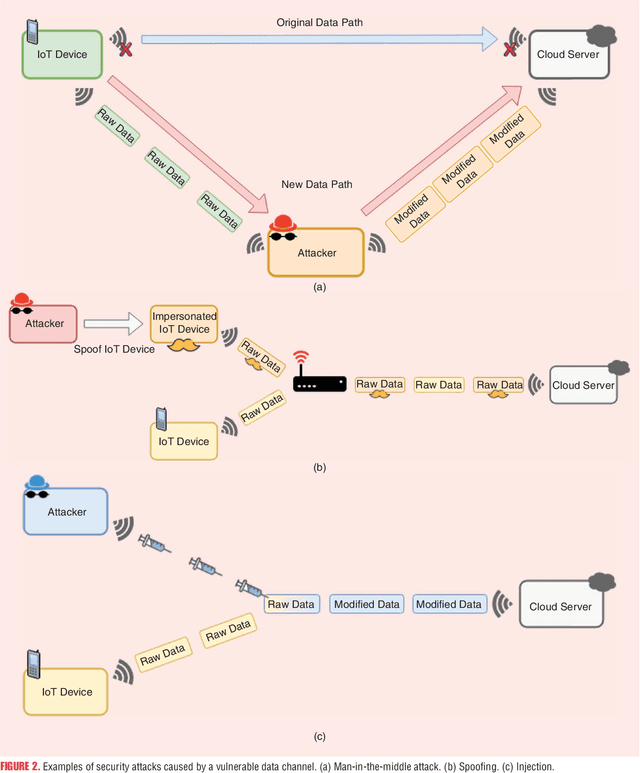
Abstract:Medical conditions and cases are growing at a rapid pace, where physical space is starting to be constrained. Hospitals and clinics no longer have the ability to accommodate large numbers of incoming patients. It is clear that the current state of the health industry needs to improve its valuable and limited resources. The evolution of the Internet of Things (IoT) devices along with assistive technologies can alleviate the problem in healthcare, by being a convenient and easy means of accessing healthcare services wirelessly. There is a plethora of IoT devices and potential applications that can take advantage of the unique characteristics that these technologies can offer. However, at the same time, these services pose novel challenges that need to be properly addressed. In this article, we review some popular categories of IoT-based applications for healthcare along with their devices. Then, we describe the challenges and discuss how research can properly address the open issues and improve the already existing implementations in healthcare. Further possible solutions are also discussed to show their potential in being viable solutions for future healthcare applications
Epidemic Exposure Notification with Smartwatch: A Proximity-Based Privacy-Preserving Approach
Jul 08, 2020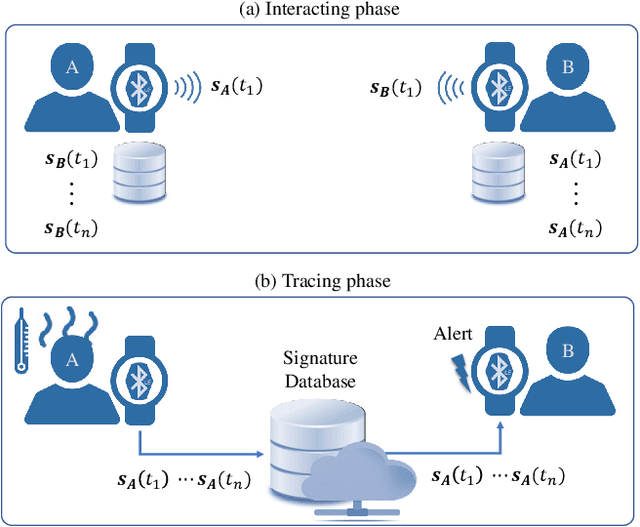
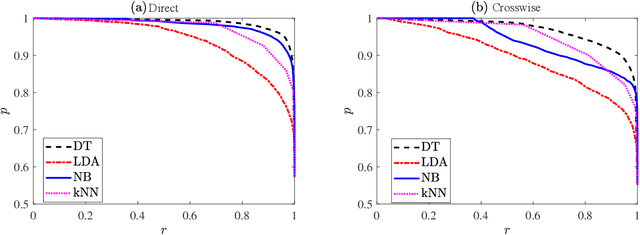
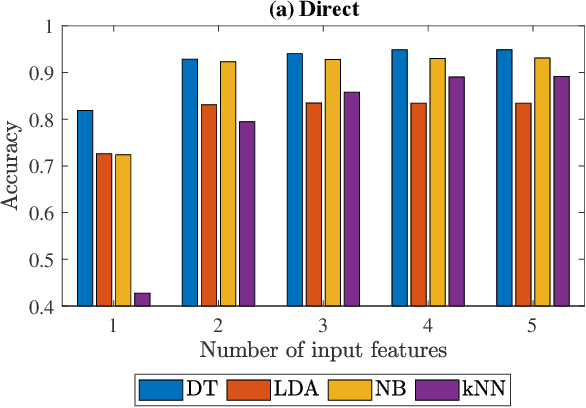
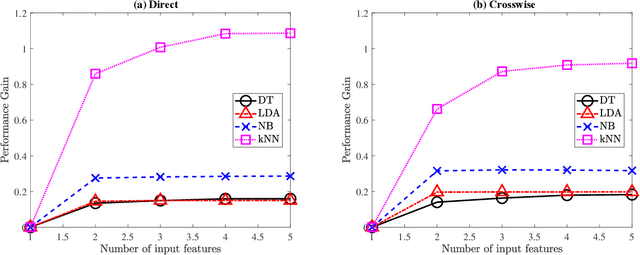
Abstract:Businesses planning for the post-pandemic world are looking for innovative ways to protect the health and welfare of their employees and customers. Wireless technologies can play a key role in assisting contact tracing to quickly halt a local infection outbreak and prevent further spread. In this work, we present a wearable proximity and exposure notification solution based on a smartwatch that also promotes safe physical distancing in business, hospitality, or recreational facilities. Our proximity-based privacy-preserving contact tracing (P$^3$CT) leverages the Bluetooth Low Energy (BLE) technology for reliable proximity sensing, and an ambient signature protocol for preserving identity. Proximity sensing exploits the received signal strength (RSS) to detect the user's interaction and thus classifying them into low- or high-risk with respect to a patient diagnosed with an infectious disease. More precisely, a user is notified of their exposure based on their interactions, in terms of distance and time, with a patient. Our privacy-preserving protocol uses the ambient signatures to ensure that users' identities be anonymized. We demonstrate the feasibility of our proposed solution through extensive experimentation.
 Add to Chrome
Add to Chrome Add to Firefox
Add to Firefox Add to Edge
Add to Edge